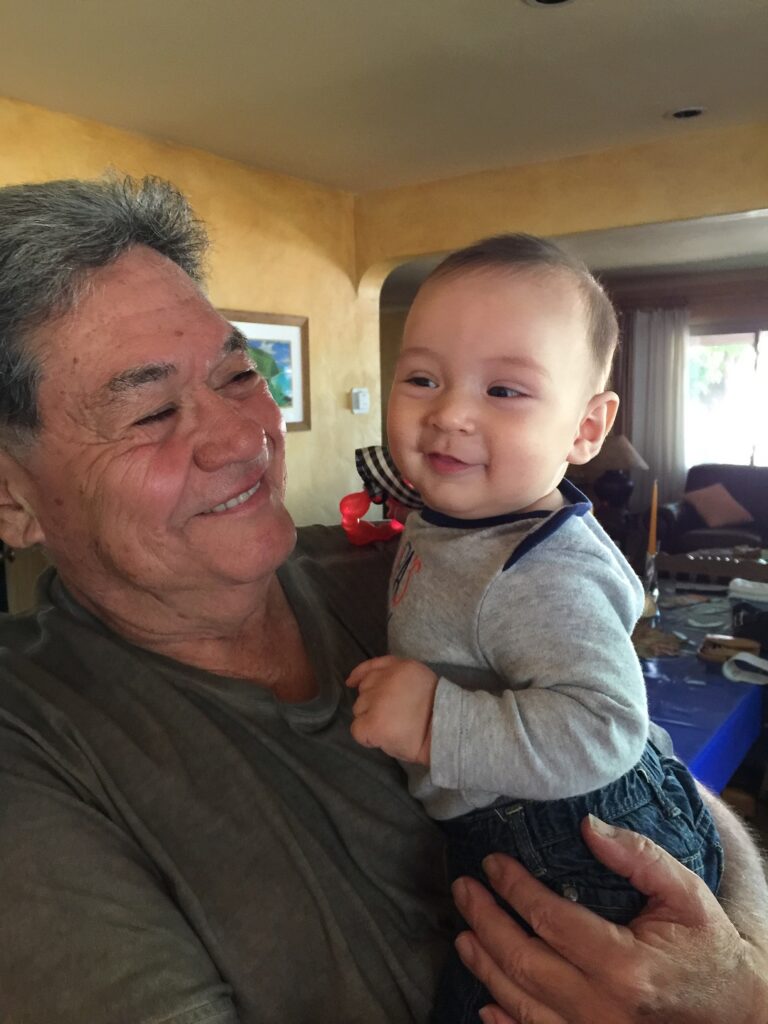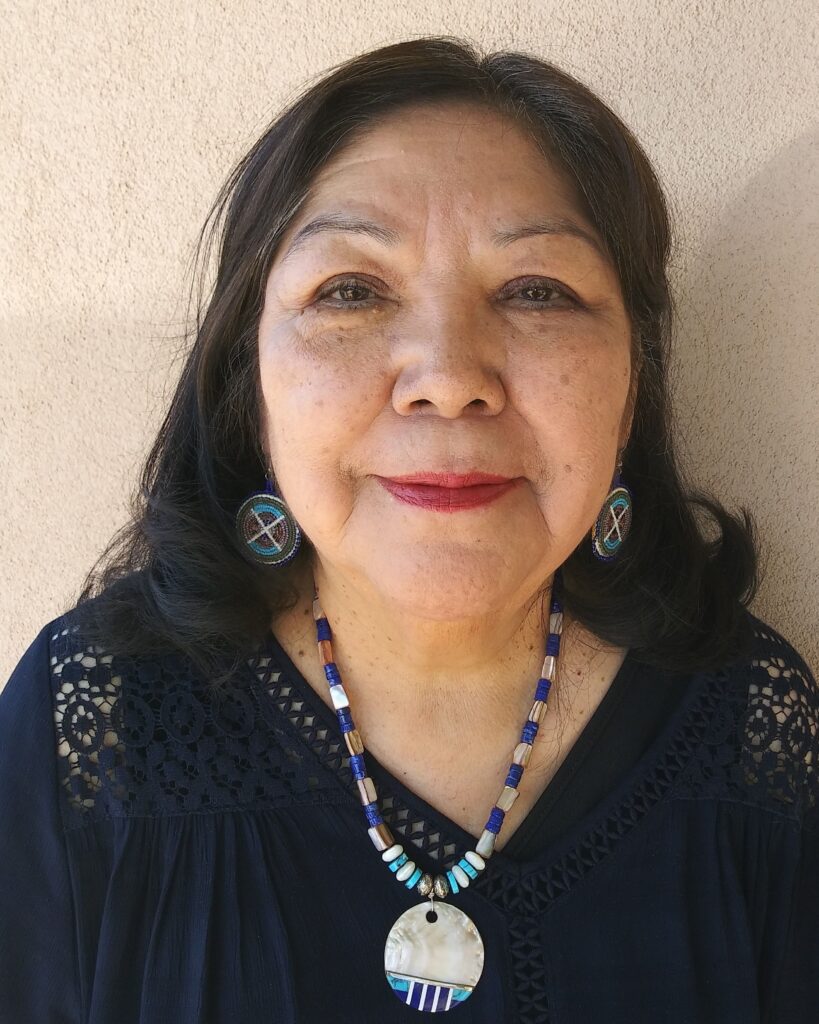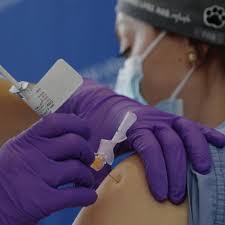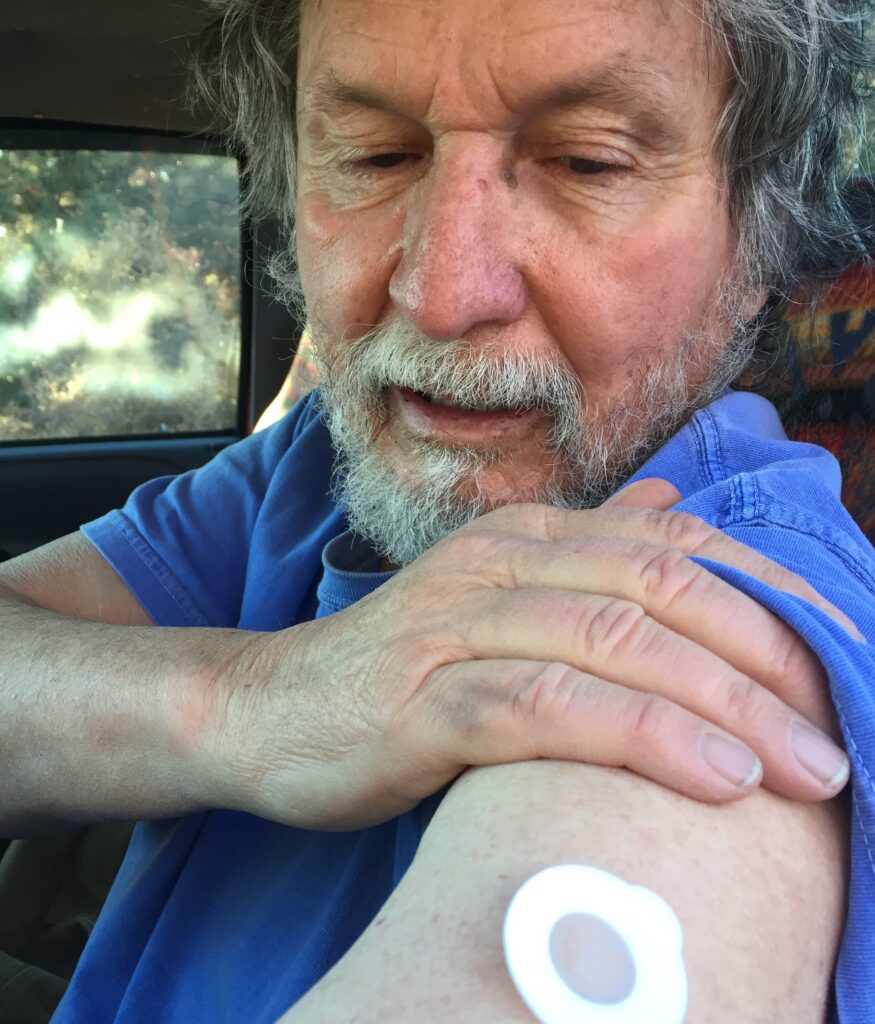A Wisp of Smoke
For the last several months my priority has been Secretary Haaland’s Not Invisible Act Commission, designed to address the epidemic of Missing Murdered and Trafficked Indigenous People (MMTIP). I am honored to be part of the facilitation team and have given the effort everything I’ve got… perhaps a bit too much. After facilitating public hearings around the country where victims, survivors and family member told horrific stories of loss, abuse and pain, I began to carry their grief with me. The accumulation of traumatic stories, broken people, anger, desperation and despair became unbearable. I was numb, depressed, and hopeless. I felt broken myself.
And so, as the conscientious White woman that I am, I sought help from a psychiatrist who has been there for me in times of need for many years. I was suffering from trauma, he said, not as a victim, but as a witness to the trauma of others. Having treated veterans and victims of domestic violence, sexual abuse and human trafficking, he said: “Retelling the traumatic story will not lead to healing. To heal, to live with the trauma in a healthy way, that requires something else, something beyond words.” I saw many witnesses at the hearings testify in tears and struggle through their stories. Clearly the retelling can re-traumatize. But many take that risk in order to educate and advocate for solutions and system reforms to address the epidemic. And many of them have non-verbal resources – ceremonies, songs, prayers, dances, drums, medicinal herbs, healers — within their cultural traditions to help them heal.
(more…) Read More







